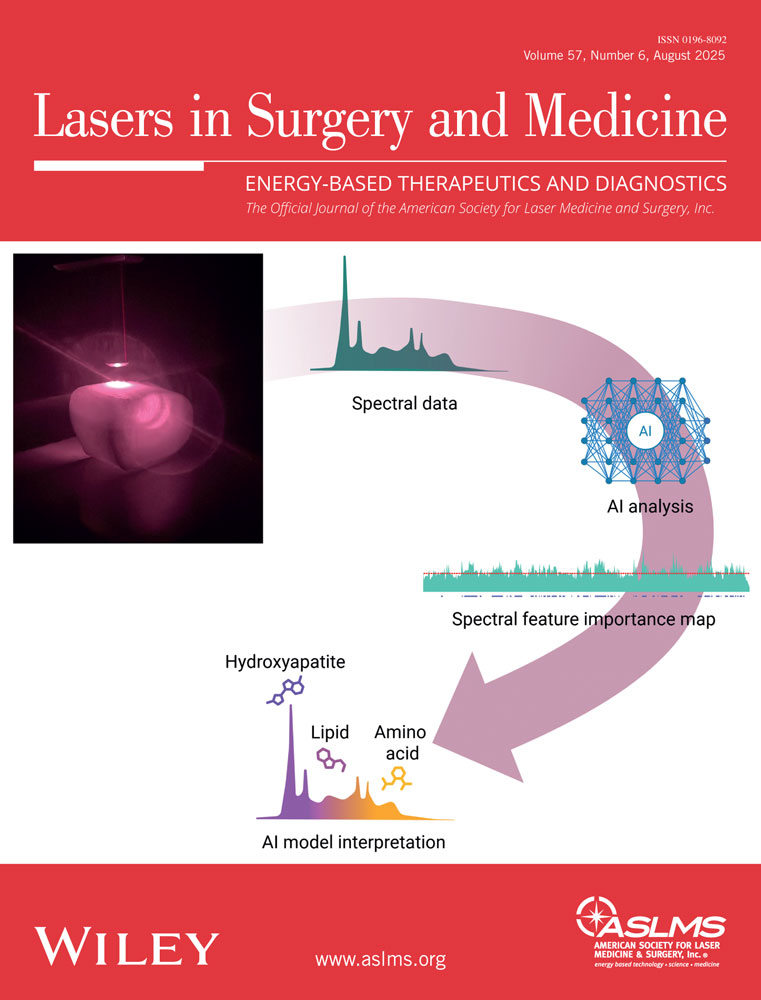Histologic analysis of the thermal effect on epidermal and dermal structures following treatment with the superpulsed CO2 laser and the Erbium:YAG laser: An in vivo study†
Presented at the 18th Annual Meeting of the American Society for Laser Medicine and Surgery, Inc., San Diego, California, April 6, 1998.
Abstract
Background and Objective
To compare the in vivo histologic effects of the carbon dioxide (CO2) and erbium:yttrium aluminum garnet (Er:YAG) lasers. To ascertain the effects of combining CO2 and Er:YAG laser modalities during a single treatment session.
Study Design/Materials and Methods
Ten patients underwent laser treatment to four left preauricular sites 7 days prior to rhytidectomy as follows: CO2 alone, CO2/Er:YAG, Er:YAG alone, and Er:YAG/CO2. The right preauricular area was identically treated 1 hour prior to rhytidectomy. Laser treated skin was excised during rhytidectomy and was evaluated histopathologically in a blinded manner.
Results
After 7 days, all groups were reepithelialized and showed equal neo-collagen formation. After 7 days, CO2/Er:YAG and Er:YAG alone had the least collagen injury and thickest epidermis and papillary dermis of all groups. Specimens lased 1 hour prior to excision showed the least collagen injury and thermal necrosis when treated with CO2/Er:YAG and Er:YAG alone. Four passes with CO2 removed 250 μm of tissue, while eight passes with the Er:YAG removed 160 μm of tissue.
Conclusions
Limiting CO2 laser passes and ending with Er:YAG produces less collagen injury, less thermal necrosis, and more robust epithelial and dermal fibrous tissue regeneration. CO2 followed by Er:YAG has similar thermal necrosis and collagen injury as Er:YAG alone, presumably due to Er:YAG removal of CO2 induced thermal injury. Lasers Surg. Med. 24:93–102, 1999. © 1999 Wiley-Liss, Inc.




